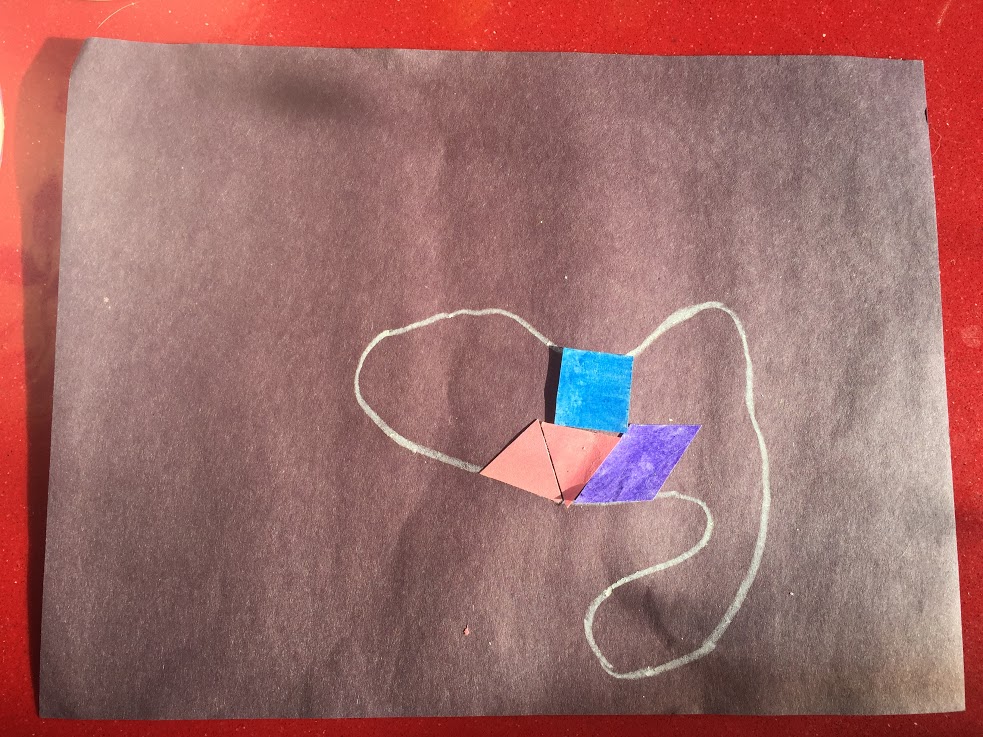Measurement
New Zealand
Level 3
Shape Toss (Investigation)
Lesson

Objectives
- To investigate how to find the area of an irregular shape.
- To practice finding the area of rectangles, squares, triangles, and parallelograms.
Materials
- String
- Scissors
- Glue
- Cut out shapes
- Construction paper
- Marker
Procedure
- Cut out a range of regular shapes using 1 cm(or small) grid paper. Shapes need to be small enough that they will fit inside your string loop. (you might like to write the area on each shape)
- Cut a piece of string that is at least 60cm long.
- Either glue or tie the ends of the string together to make the string into a circle.
- Place the construction paper on the table/floor, then throw the string onto it making sure that the string lands entirely on the paper.
- If when thrown the string crosses over itself like the following picture you will need to uncross it.

Uncrossed String

- Once your string is settled use your marker to trace the outline of it onto the construction paper.
Question
Does the shape you have just traced look like any shapes you know how to find the area of?
Do you think this is a problem?
7. Begin to use the cut out shapes to cover up your outline. Make sure they do not overlap. Place the shapes side by side and do not leave any gaps. Try to get as close to the edge of your outline as possible if you go a little over or miss it by a little bit that’s fine.

8. Continue placing shapes onto the outline until your shape is completely covered.
9. After your shape is completely covered calculate the area of all of the smaller shapes you covered it with. Add all of these areas together. This is the approximate area of your shape!
Discussion questions
- Do you think the shapes you used affected your answer? Why or why not?
- If you just used triangles do you think you would get an answer similar to your original answer? Why or why not?
- With a partner or on your own brainstorm some other ways you could have approximated the area of your shape.
- If you wanted to create an irregular shape from the string that could fit both of your feet inside how much string do you think you would need? How did you arrive at this estimate?
Bonus challenge activities
- Cut out a piece of string larger than 60cm and try approximating its area.
- Try finding something in your house that has an irregular shape. Trace it and use the same method to approximate its area.